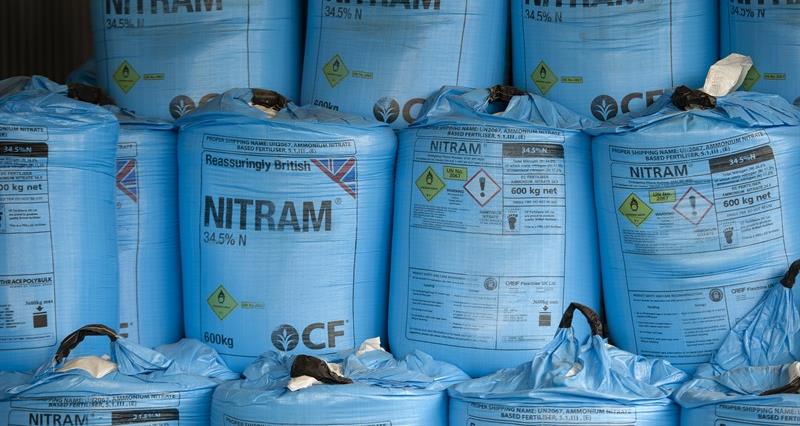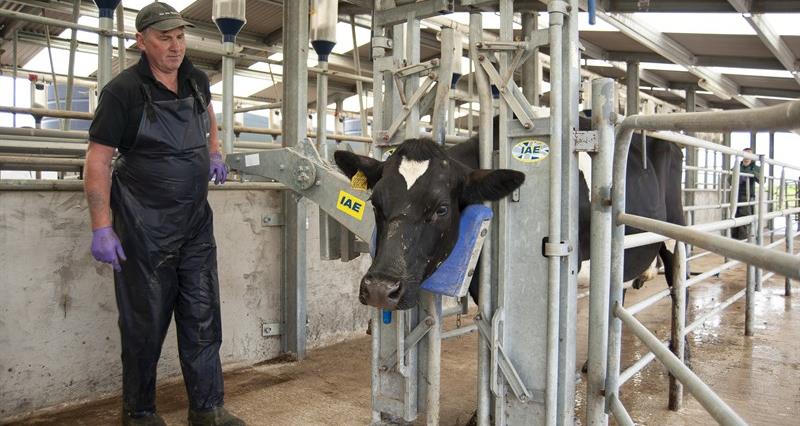Ammonium nitrate (AN) fertiliser is an essential and valuable input into farming businesses. Under normal circumstances ammonium nitrate (AN) fertilisers are stable materials. However, under abnormal conditions AN fertiliser can produce hazards:
- AN fertilisers are oxidising agents – this means that they can accelerate the combustion of other combustible materials even when no oxygen is present.
- AN fertilisers can release toxic fumes when subject to thermal decomposition
- Under extreme conditions AN fertilisers can explode
Safe Storage
Whenever possible fertiliser should be stored inside a secure building made from non-combustible materials. The building should be dry, well ventilated and with a floor free of sharp objects.
When storing fertiliser inside a building:
- Stack to a maximum of 3 bags high. Interlock bags in a stack for stability
- Keep each stack to a maximum of 300 tonnes. Have a 1 metre gap between stacks
- Take extra care when dismantling a stack if a bag is damaged
- Store well away from combustible materials such as hay, straw, fuel and oil
- Keep well separated from other chemical substances such as urea, pesticides, corrosive liquids and lime
- Keep stores clean, tidy and secure. Inspect regularly
- Absolutely no naked fames and no smoking
If AN fertiliser needs to be stored outside:
- Use a level, fenced and secure area to help stop unauthorised access
- Stack off the ground on pallets
- Fully sheet and check the stack regularly
- Notify the HSE and the fire service
Dangerous substances
- Your local HSE and local fire service must be notified if 25 tonnes or more of a dangerous substance are stored on a site. AN fertiliser with a nitrogen content of 28% and over is classed as a dangerous substance.
- A copy of the notice that is required under the Dangerous Substances (Notification and Marking of Sites) Regulations 1990 (NAMOS) regulations, and information on how to contact your local HSE and fire services, is available from the HSE website at: Notification of dangerous substances and ammonium nitrate on farms
- All sites where dangerous substances are stored must be marked with the appropriate signage.
- Guidance on the notification and marking of sites is available in HSE guide INDG 467 and in HSR 29.
150 tonnes or more of any fertiliser
If 150 tonnes or more of any type of fertiliser are stored on a site, the local fire service should be notified using the same Namos form as used to notify of the storage of 25 tonnes or more of a dangerous substance.
Make use of HSE's handy check list to help you assess whether sufficient steps have been taken to ensure the safety and security of stored fertiliser: Self-Help Checklist for the Storage and Handling of Ammonium Nitrate Fertiliser.
HSE's storing and handling ammonium nitrate guide also provides information relating to the general duties imposed on employers by the Health and Safety at Work etc Act 1974 with regard to the safe storage and handling of ammonium nitrate: INDG230 – HSE.gov.uk



